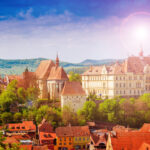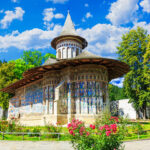The Dacian Fortresses of the Orastie Mountains in Romania are a remarkable testament to the country’s rich history. These ancient fortresses date back to the 1st century BC and were built by the Dacians, an ancient people who inhabited the region. The fortresses were added to the UNESCO list of World Heritage Sites in 1999, recognizing their cultural and historical significance.

To visit the Dacian Fortresses of the Orastie Mountains, it’s best to start early in the morning. Drive to the village of Sarmizegetusa, where you can visit the ancient capital of the Dacians. Wander through the ruins and marvel at the engineering feats of the Dacians. You’ll see evidence of the Dacians’ advanced knowledge of astronomy, as well as their military prowess.
Dacian Fortresses of the Orăștie Mountains, Romania
Tucked away in the heart of Romania, the Orăștie Mountains are not just a testament to nature’s grandeur but also a repository of ancient tales, legends, and architectural marvels. Among these, the Dacian Fortresses stand tall, whispering stories of a bygone era.
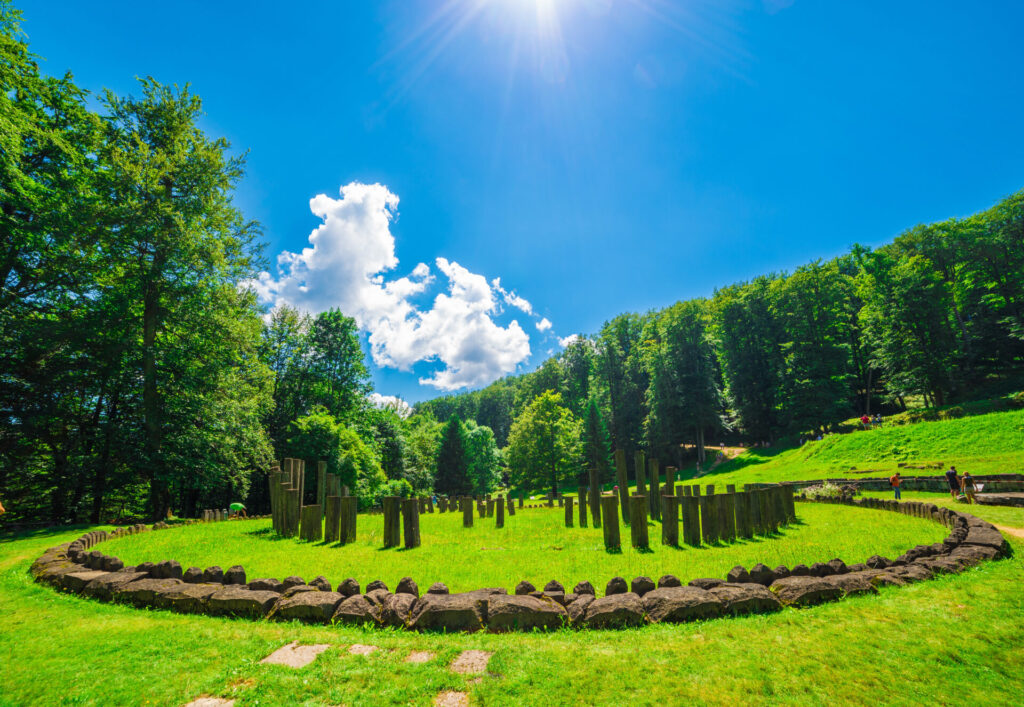
The Dacian Fortresses are a cluster of six fortifications built by the Dacians in the 1st centuries BC and AD. These fortresses—Sarmizegetusa Regia, Costești-Cetățuie, Costești-Blidaru, Piatra Roșie, Bănița, and Căpâlna—dot the landscape, each offering a unique vantage point of the surrounding verdant valleys and rugged peaks. The fortresses, with their intricate defensive systems and sanctuaries, are a testament to the Dacians’ architectural prowess and their deep spiritual connection to the land.
The Dacian Fortresses were primarily built during the reign of King Burebista, the most renowned leader of the Dacian Kingdom. These fortresses were not just military strongholds but also centers of culture, trade, and spirituality. Sarmizegetusa Regia, the most significant of them all, served as the Dacian capital and the heart of their resistance against the Roman Empire. Despite their valiant efforts, the Dacians eventually fell to the Romans in the early 2nd century AD, but the fortresses remain, echoing the indomitable spirit of a people who once called these mountains home.

Ah, where history ends, legends begin! The Dacian Fortresses are shrouded in myths and tales that have been passed down through generations. One such legend speaks of a hidden treasure of King Decebalus, the last Dacian king. It’s said that, rather than let it fall into Roman hands, he buried it deep within the mountains. To this day, many adventurers and treasure hunters have sought it, but the mountains keep their secrets well.
Another tale speaks of the Dacian priests, who, under the moonlit sky, would perform rituals at the sacred sanctuaries within the fortresses. These rituals, it’s believed, were a way to commune with Zamolxis, the supreme god of the Dacians. Some locals even claim that on certain nights, one can still hear the distant chants of the priests, carried by the mountain winds.
So, if you’re yearning for a journey that combines breathtaking landscapes with a deep dive into ancient history and tantalizing legends, the Dacian Fortresses of the Orăștie Mountains await. As you tread the paths once walked by Dacian warriors and priests, you’ll not just be exploring a place, but stepping back in time. And remember, as always, to travel with an open heart and a curious mind.
After exploring the ruins, head to the nearby fortress of Costesti. Here, you can climb to the top of the fortress and take in the breathtaking views of the surrounding mountains. Spend some time exploring the fortress, admiring the defensive walls and gateways, and imagining what life was like for the Dacians who once called this place home.
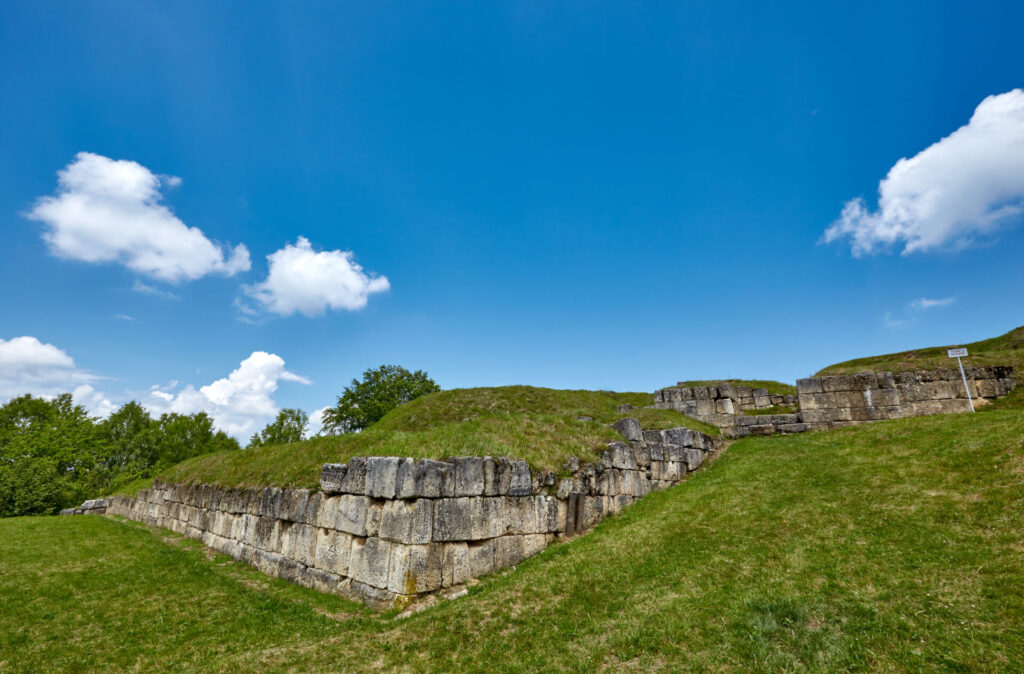
Next, visit the fortress of Blidaru. This is the smallest of the Dacian fortresses but is no less impressive. It is believed to have been a military training ground, and you can still see the remains of the barracks and other buildings. Take a moment to appreciate the strategic location of the fortress, which provided an ideal vantage point for monitoring the surrounding area.
Finally, end your day at the fortress of Sarmizegetusa Regia. This is the largest and most impressive of the Dacian fortresses, and was the political and religious center of the Dacian kingdom. Wander through the ruins of the palace, temples, and other buildings, and imagine the rituals and ceremonies that took place here centuries ago.
As the day draws to a close, reflect on the rich history of the Dacians and their remarkable achievements. The Dacian Fortresses of the Orastie Mountains are a must-see for anyone interested in history, culture, or architecture.
The Dacian Fortresses and Decebalus – The origin of the Romanians
Decebalus, often referred to as Decebal, was the last king of Dacia, reigning from around AD 87 to 106. He is best known for his resistance against the Roman Empire and his battles with two Roman emperors: Domitian and Trajan.

Decebalus and the Dacian Wars:
The conflicts between the Romans and the Dacians are primarily divided into two major wars:
- First Dacian War (AD 101–102):
- Background: The Dacians, under Decebalus, had become a significant power in the region and posed a threat to the Roman provinces along the Danube. Decebalus had already engaged in skirmishes with the Romans during the reign of Emperor Domitian. However, it was under Emperor Trajan that the major confrontations began.
- Course of the War: Trajan launched a campaign into Dacia in AD 101. The Romans managed to achieve several victories, pushing deep into Dacian territory.
- Conclusion: The war ended in AD 102 with a treaty. Decebalus accepted a status that was somewhat akin to a Roman client king. He received Roman engineers and craftsmen to help in rebuilding and fortifying Dacian defenses, but he had to give up some territories and dismantle his remote fortresses. The peace, however, was short-lived.
- Second Dacian War (AD 105–106):
- Background: Decebalus used the period of peace to reorganize and strengthen his army. He also violated the treaty by rebuilding the fortresses and initiating skirmishes against Roman allies.
- Course of the War: Trajan, in response, initiated another campaign in AD 105. This war was more intense, with the Romans laying siege to the Dacian capital, Sarmizegetusa Regia.
- Conclusion: The war culminated in AD 106 with the capture and destruction of Sarmizegetusa and the subsequent annexation of a significant part of Dacia into the Roman Empire. Decebalus, rather than being captured, chose to end his life by suicide.
The victory in Dacia was significant for the Roman Empire. Trajan celebrated with a grand triumph in Rome, and the rich gold mines of Dacia became a valuable asset for the empire. The conquest was commemorated by the construction of Trajan’s Column in Rome, which stands to this day. This monumental column is adorned with a spiral bas-relief that chronicles the epic battles and events of the Dacian Wars.

Dacia, under Roman rule, underwent significant Romanization, with the establishment of Roman colonies, the spread of Latin language, and the integration of Roman customs and administrative structures. The legacy of the Dacian Wars and the subsequent Romanization can still be seen in modern Romania, which derives its name and a significant part of its culture and history from ancient Dacia.
Roman Colonization: Following the conquest, the Romans embarked on a massive colonization effort in Dacia. They established new cities, built roads, and introduced Roman law, language, and culture. Many Roman soldiers, administrators, and settlers moved to Dacia, bringing with them the advanced civilization of the Roman Empire.
The Legend of the Beautiful Dacian Women: As the story goes, the Roman settlers were captivated by the beauty and charm of the Dacian women. These women, with their distinct features, strong character, and rich cultural heritage, were said to have played a pivotal role in the blending of the Roman and Dacian cultures. Marriages between Roman settlers and Dacian women symbolized the union of two peoples and the birth of a new identity.

The romanticized narrative suggests that it was the allure of these beautiful Dacian women that made many Roman settlers decide to make Dacia their permanent home, rather than returning to Rome. Over time, the intermarriage and cultural exchange between the Romans and Dacians led to the emergence of a unique population that would later be known as the Romanians.
The Birth of Romania: The name “Romania” itself is a testament to the country’s Roman heritage. The blending of Roman and Dacian cultures over centuries laid the foundation for the Romanian identity, language, and culture. The Romanian language, for instance, is a Romance language, derived from Latin, but it also contains elements from Dacian and other influences.
While the legend of the beautiful Dacian women is a romantic narrative, it underscores a deeper truth about the fusion of cultures and the birth of a nation. Romania’s rich history is a tapestry of various influences, with the Roman-Dacian legacy being one of its most defining chapters.
How to get to the Dacian Fortresses of the Orăștie Mountains?
The Dacian Fortresses of the Orăștie Mountains are located in central Romania, and isolated. If you’re planning to visit, here’s a guide on how to get there:
1. By Air:
- The nearest international airports to the Orăștie Mountains are in Sibiu and Cluj-Napoca.
- Sibiu International Airport (SBZ): Located about 115 km from the Orăștie Mountains.
- Cluj-Napoca International Airport (CLJ): Located about 170 km from the Orăștie Mountains.
2. By Train:
- The Romanian railway network is quite extensive. You can take a train to Orăștie town, which is the closest major town to the fortresses. From there, you can hire a taxi or take a local bus to reach the fortresses.
3. By Road:
- If you’re driving:
- From Sibiu: Take the E68/DN7 road towards Sebeș, then follow the DN7C and DN74A to Orăștie.
- From Cluj-Napoca: Take the E60 road towards Alba Iulia, then follow the DN74 to Orăștie.
- Once in Orăștie, you can follow local road signs to the fortresses. The roads in the mountainous regions can be winding and narrow, so drive cautiously.
4. Local Transportation:
- From Orăștie town, there are local buses and taxis available that can take you to the base of the mountains. From there, you might need to hike or take guided tours to reach specific fortresses.
5. Guided Tours:
- Many travel agencies offer guided tours to the Dacian Fortresses. These tours often include transportation, a guide, and sometimes meals. This can be a convenient option if you prefer an organized trip.
Tips:
- The fortresses are located in mountainous terrain, so wear comfortable shoes suitable for hiking.
- Check the weather forecast before your visit, as the region can be quite chilly, especially in the evenings.
- It’s advisable to carry some snacks and water, as there might be limited facilities in the remote areas around the fortresses.
Remember, the Dacian Fortresses are not just historical sites; they are located in a region of natural beauty. Take your time to explore and soak in the breathtaking views of the Orăștie Mountains.
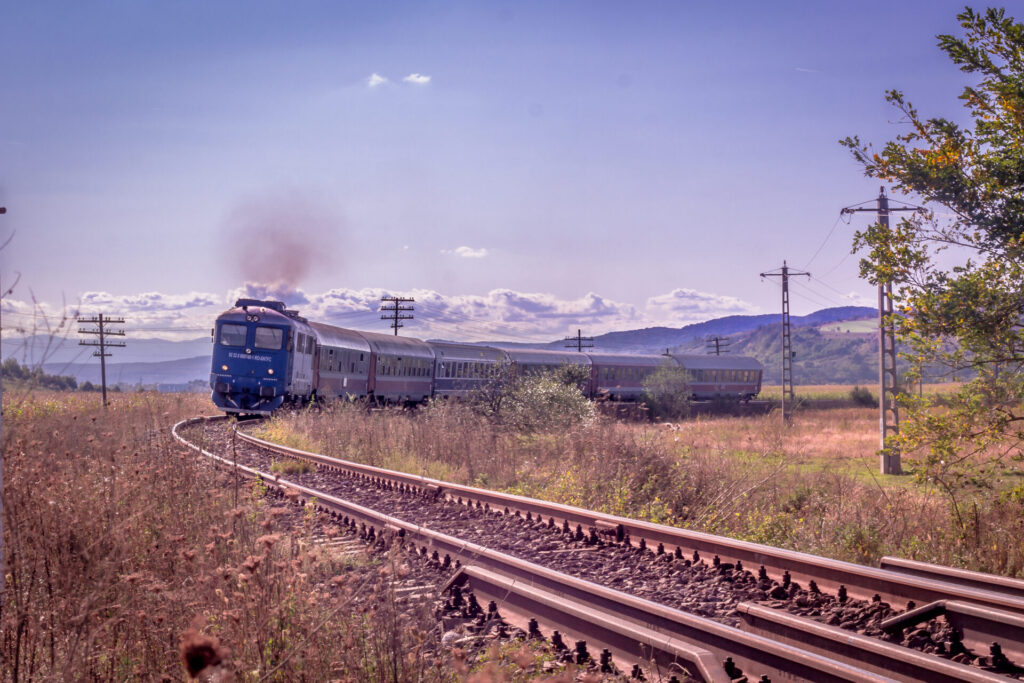
Are you tired of traveling to the same old European destinations like France, Italy, or Spain? If you’re looking for a unique and diverse travel experience, consider the hidden gems of the A Country A Month series, waiting to be explored. The author is an avid photographer and traveler. His favorite travel companion is his vintage leather-bound journal, in which he sketches and writes about his adventures.







